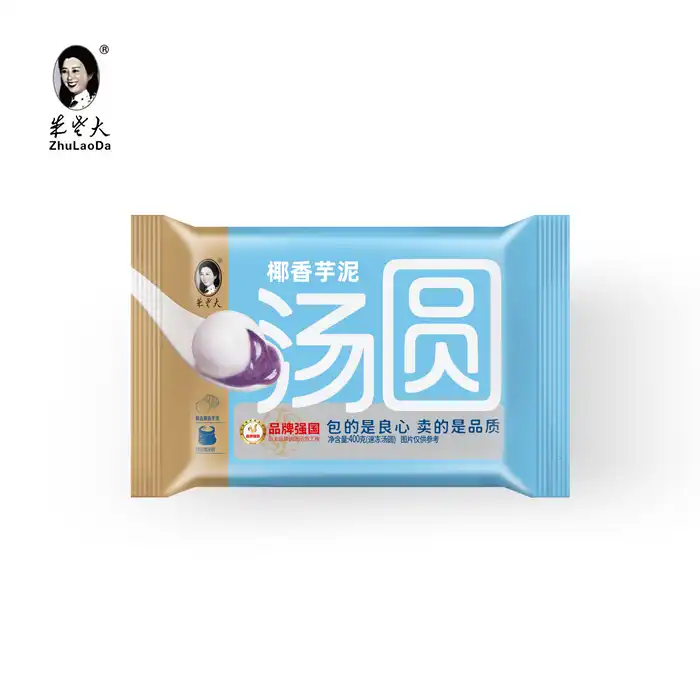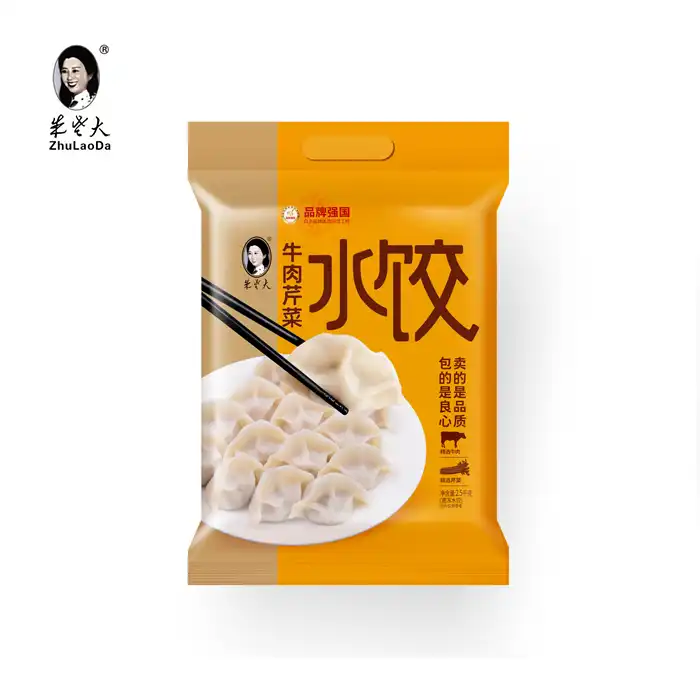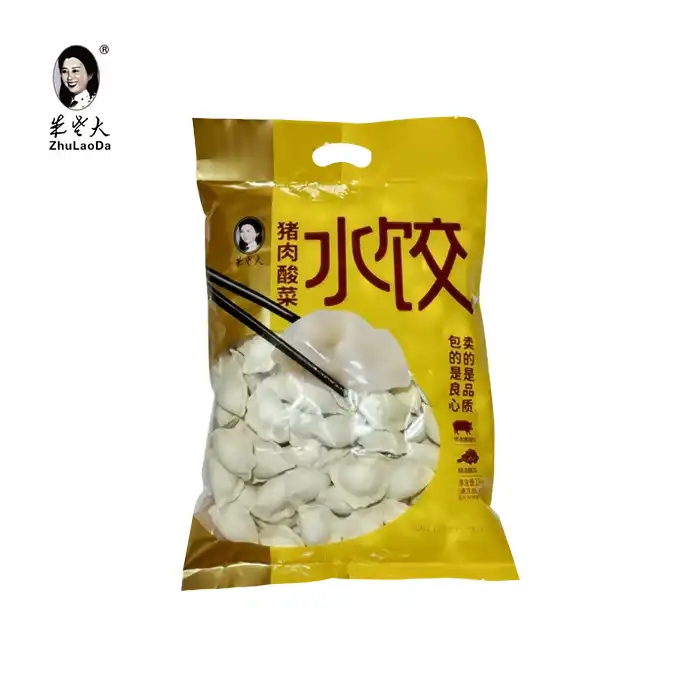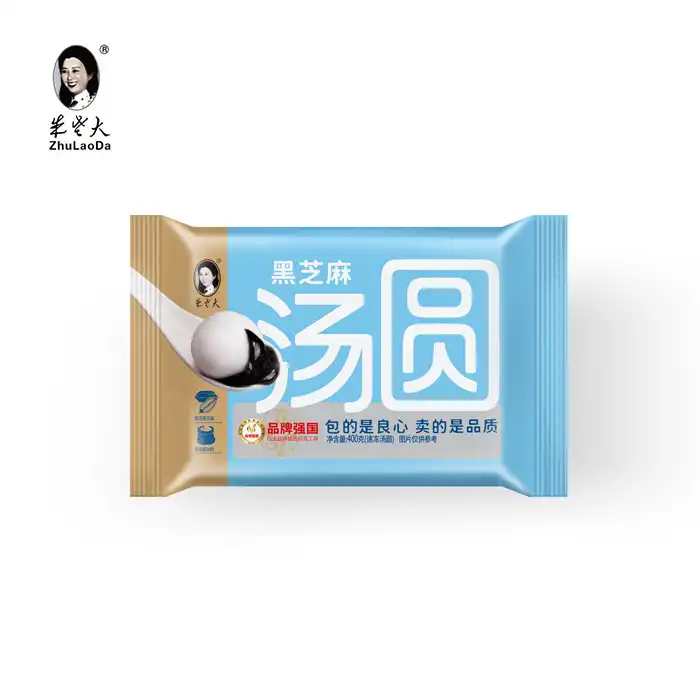- English
- French
- German
- Portuguese
- Spanish
- Russian
- Japanese
- Korean
- Arabic
- Greek
- German
- Turkish
- Italian
- Danish
- Romanian
- Indonesian
- Czech
- Afrikaans
- Swedish
- Polish
- Basque
- Catalan
- Esperanto
- Hindi
- Lao
- Albanian
- Amharic
- Armenian
- Azerbaijani
- Belarusian
- Bengali
- Bosnian
- Bulgarian
- Cebuano
- Chichewa
- Corsican
- Croatian
- Dutch
- Estonian
- Filipino
- Finnish
- Frisian
- Galician
- Georgian
- Gujarati
- Haitian
- Hausa
- Hawaiian
- Hebrew
- Hmong
- Hungarian
- Icelandic
- Igbo
- Javanese
- Kannada
- Kazakh
- Khmer
- Kurdish
- Kyrgyz
- Latin
- Latvian
- Lithuanian
- Luxembou..
- Macedonian
- Malagasy
- Malay
- Malayalam
- Maltese
- Maori
- Marathi
- Mongolian
- Burmese
- Nepali
- Norwegian
- Pashto
- Persian
- Punjabi
- Serbian
- Sesotho
- Sinhala
- Slovak
- Slovenian
- Somali
- Samoan
- Scots Gaelic
- Shona
- Sindhi
- Sundanese
- Swahili
- Tajik
- Tamil
- Telugu
- Thai
- Ukrainian
- Urdu
- Uzbek
- Vietnamese
- Welsh
- Xhosa
- Yiddish
- Yoruba
- Zulu
How to steam dumplings?

Steaming dumplings is a straightforward process that yields delicious results. Start by lining your steamer basket with parchment paper or cabbage leaves to prevent sticking. Arrange the dumplings in a single layer, ensuring they don't touch each other. Fill the steamer's bottom pot with water, but don't let it touch the basket. Bring the water to a boil, then reduce to medium heat. Place the basket on top and cover. Steam for about 6-8 minutes for fresh dumplings or 8-10 minutes for frozen ones. The wrappers will become translucent when ready. Serve immediately with your favorite dipping sauce for a mouthwatering meal.
The Art of Perfecting Steamed Pan Fried Eggs Chives Cabbage Dumplings
Steamed pan fried eggs chives cabbage dumplings are a delectable fusion of flavors and textures. These dumplings combine the lightness of steaming with the satisfying crispiness of pan-frying, creating a truly unique culinary experience. The filling, a harmonious blend of eggs, chives, and cabbage, offers a balance of protein and vitamins that's both nutritious and delicious.
To create these gourmet dumplings, start with high-quality ingredients. Fresh chives impart a mild onion flavor, while cabbage adds a subtle sweetness and pleasant crunch. The eggs bind the filling together and provide a rich, creamy texture. When selecting your ingredients, opt for organic produce when possible to ensure the best flavor profile.
The key to achieving the perfect texture lies in the cooking method. Begin by steaming the dumplings to cook the filling and soften the wrapper. Once steamed, a quick pan-fry in a hot skillet with a touch of oil creates a golden, crispy bottom that contrasts beautifully with the tender top. This dual-cooking technique results in dumplings that are crispy yet juicy, with a filling that's perfectly cooked through.
Mastering the Dumpling Wrapper
The wrapper is crucial in steamed pan fried eggs chives cabbage dumplings. A well-made wrapper should be thin enough to cook quickly but sturdy enough to hold the filling without breaking. Traditional dumpling wrappers are made from a simple mixture of flour and water, sometimes with the addition of egg for extra richness and elasticity.
When making your own wrappers, the dough's consistency is paramount. It should be smooth and pliable, neither too sticky nor too dry. After mixing, allow the dough to rest for at least 30 minutes. This resting period allows the gluten to relax, making the dough easier to roll out thinly and evenly.
Rolling out the wrappers requires practice and patience. Aim for circles about 3-4 inches in diameter, with the edges slightly thinner than the center. This thickness variation ensures that the edges seal well while the center remains sturdy enough to hold the filling. If you're short on time, quality store-bought wrappers can be a suitable alternative, though homemade ones often provide superior texture and flavor.
Perfecting the Filling: Balancing Flavors and Textures
The filling of steamed pan fried egg and chive filling dumplings is where creativity can truly shine. While the classic combination of eggs, chives, and cabbage forms the base, there's room for personalization and experimentation. The goal is to achieve a harmonious balance of flavors and textures that complement each other and the cooking method.
Begin with finely chopped Chinese chives, known for their oniony flavor that's milder than regular chives. Napa cabbage, with its tender leaves and crisp stems, is ideal for dumplings. It retains a pleasant texture even after cooking and releases moisture that keeps the filling juicy. Eggs act as a binder and add richness to the mixture.
To elevate the flavor profile, consider adding minced ginger or onion for an aromatic kick. A dash of sesame oil can impart a nutty depth, while a sprinkle of white pepper adds subtle heat. For those who enjoy an umami boost, a small amount of finely chopped shiitake mushrooms can be a game-changer.
The key to a successful filling is proper seasoning. Salt is essential, but be cautious not to over-season, as the dipping sauce will add additional flavor. A well-balanced filling should be flavorful enough to stand on its own but not so overpowering that it masks the subtle taste of the wrapper.
Achieving the Perfect Filling-to-Wrapper Ratio
The ratio of filling to wrapper is crucial in creating the perfect steamed pan fried eggs chives cabbage dumpling. Too much filling can cause the dumpling to burst during cooking, while too little results in a disappointing bite. As a general rule, aim for about 1 tablespoon of filling for a 3-4 inch wrapper.
When filling the dumplings, place the mixture in the center of the wrapper, leaving about a half-inch border around the edges. This space allows for proper sealing and prevents the filling from spilling out during cooking. Gently press out any air pockets as you seal the edges to ensure even cooking and prevent the dumplings from puffing up excessively.
Remember that different fillings may require slight adjustments to the amount used. Wetter fillings should be used more sparingly to prevent leakage, while drier fillings can be more generous. With practice, you'll develop an intuition for the perfect amount of filling for each type of dumpling you create.
Mastering the Dual Cooking Technique: Steaming and Pan-Frying
The unique appeal of steamed pan-fried eggs, chives, and cabbage dumplings lies in their dual cooking method. This technique combines the gentle cooking of steaming with the fresh and crispy finish of pan-frying, resulting in dumplings that are tender yet have a satisfying crunch. The contrast between the soft interior and the crispy exterior adds an irresistible texture to each bite.
Begin with the steaming process. Arrange the dumplings in a steamer basket lined with parchment paper or cabbage leaves, ensuring they don't touch each other. Steam over boiling water for about 6-8 minutes, or until the wrappers turn translucent and the filling is cooked through. This step ensures that the filling is perfectly cooked and the wrapper achieves the right texture.
Once steamed, transfer the dumplings to a preheated non-stick skillet with a thin layer of oil. The key here is to use medium-high heat to achieve a golden, crispy bottom without burning. Cook for 2-3 minutes, or until the bottoms are crispy and golden brown. Avoid moving the dumplings too much during this process to allow for even browning.
The Art of the Perfect Crisp
Achieving the perfect crisp on your steamed pan fried eggs chives cabbage dumplings requires attention to detail. The pan should be hot enough that you hear a sizzle when the dumplings touch the surface, but not so hot that they burn before crisping. A heavy-bottomed skillet or a well-seasoned cast-iron pan works best for even heat distribution.
For an extra crispy finish, some cooks swear by the "water-fry" method. After the initial pan-frying, add a small amount of water to the pan and cover immediately. The steam created will cook the dumplings further while the residual heat from the pan continues to crisp the bottom. As the water evaporates, the dumplings will crisp up again, resulting in a delightfully crunchy texture.
Serving Suggestions and Pairing Ideas
Steamed pan-fried eggs, chives, and cabbage dumplings are versatile and can be enjoyed in various ways, offering diverse nutrition with each bite. Traditionally, they're served hot, straight from the pan, with a side of dipping sauce. A classic dipping sauce combines soy sauce, rice vinegar, and a touch of chili oil or sesame oil. For a more complex flavor profile, consider adding minced onion, ginger, or scallions to your dipping sauce.
These dumplings can be a satisfying main course when served with a side of stir-fried vegetables or a light soup. They also make excellent appetizers or party snacks. For a complete meal, consider serving them alongside other dim sum favorites like spring rolls or siu mai.
When it comes to beverage pairings, green tea is a classic choice that cleanses the palate and complements the flavors of the dumplings. For those who prefer alcoholic beverages, a crisp white wine like Riesling or a light beer can be excellent companions to the rich, savory flavors of the dumplings.
Storage and Reheating Tips
If you find yourself with leftover steamed pan fried eggs chives cabbage dumplings, proper storage is key to maintaining their quality. Allow the dumplings to cool completely before storing them in an airtight container in the refrigerator. They can be kept for up to 3 days.
To reheat, avoid using the microwave as it can make the dumplings soggy. Instead, steam them for a few minutes to restore their texture. If you want to recrisp the bottom, you can pan-fry them again after steaming. For longer-term storage, uncooked dumplings can be frozen. Arrange them on a baking sheet so they're not touching, freeze until solid, then transfer to a freezer bag. They can be cooked directly from frozen, just add a few extra minutes to the steaming time.
Conclusion
In conclusion, mastering the art of steamed pan fried eggs chives cabbage dumplings opens up a world of culinary possibilities. Whether you're serving them as a main course, appetizer, or party snack, these dumplings are sure to impress with their perfect balance of flavors and textures. For more information about our frozen food products, including our delicious dumplings, please don't hesitate to contact us at sdzldsp@163.com.
References
1. Chen, L. (2019). The Art of Chinese Cuisine: Dumplings and Beyond. Culinary Press.
2. Wang, Y. (2020). Mastering the Techniques of Steamed and Pan-Fried Dumplings. Asian Cooking Quarterly, 15(2), 45-52.
3. Liu, H. (2018). Traditional Chinese Dumplings: A Cultural and Culinary Journey. Food History Review, 7(3), 112-128.
4. Zhang, M., & Li, X. (2021). The Science of Dumpling Wrappers: Texture and Flavor Profiles. Journal of Food Science and Technology, 58(4), 1423-1435.
5. Brown, S. (2017). Global Dumpling Traditions: From Gyoza to Pierogi. International Cuisine Press.
Learn about our latest products and discounts through SMS or email



